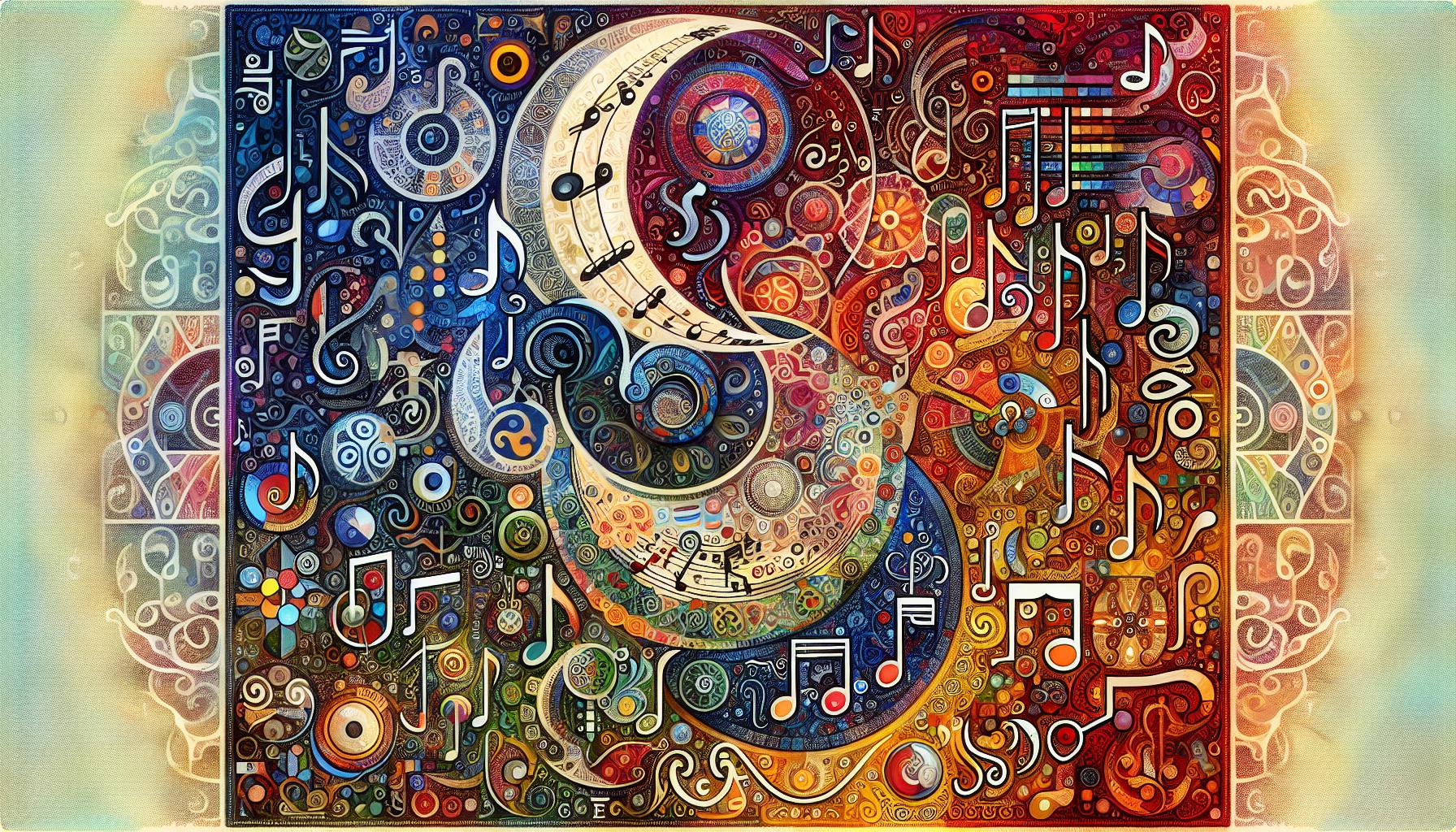Key Takeaways
- Personalized Design Guidance: Home design centers offer tailored consultations with experienced professionals to help clients achieve their unique visions.
- Diverse Resource Access: Clients can explore a wide variety of materials, furnishings, and finishes in one location, simplifying the decision-making process.
- Workshops and Education: Many centers provide workshops on current design trends, sustainable materials, and DIY projects, equipping clients with valuable knowledge.
- Collaborative Project Management: Home design centers facilitate connections between clients and local contractors, enhancing communication and efficiency throughout the renovation process.
- Custom Solutions: The centers offer customization options for furnishings and fixtures, ensuring every detail reflects the client’s personal style.
- Careful Selection Criteria: When choosing a home design center, consider factors like location, services offered, professional expertise, portfolio quality, and budget considerations.
In today’s fast-paced world, creating a personal sanctuary at home has never been more important. A home design center serves as a treasure trove of inspiration and resources, helping individuals transform their living spaces into reflections of their unique styles. Whether it’s a cozy cottage or a sleek modern apartment, these centers offer expert guidance, innovative ideas, and a plethora of materials to choose from.
Navigating the world of home design can be overwhelming, but a dedicated design center simplifies the process. From selecting the right color palette to choosing the perfect furniture, they provide everything needed to make informed decisions. With the right support, anyone can bring their dream home to life, making every corner a true expression of who they are.
Home Design Center
Home design centers provide comprehensive resources for individuals seeking to enhance their living spaces. These centers showcase a wide array of materials, furnishings, and design elements, enabling clients to visualize potential home layouts. Customers access diverse exhibits, including kitchen styles, bathroom configurations, and living room setups.
Home design centers often employ design professionals who offer expert consultations. This personalized guidance helps clients navigate choices effectively. Professionals assist with selecting color palettes, furniture styles, and decorative accents, ensuring that each decision aligns with the client’s vision.
Additionally, many centers offer workshops and seminars. These events educate clients on the latest design trends and best practices. Topics may cover sustainable materials, space optimization techniques, and DIY home projects, providing clients with valuable knowledge.
Home design centers also emphasize collaborative project management. They connect clients with local contractors or installers, streamlining the renovation process. This integration fosters better communication and enhances project timelines.
Through these features, home design centers serve as vital hubs for creativity and innovation, making the journey to a dream home more accessible and enjoyable.
Services Offered by Home Design Centers

Home design centers provide a range of services that simplify the design process and enhance the client experience. They focus on both artistic expression and practical solutions in home design.
Interior Design Consultations
Interior design consultations offer personalized advice from experienced design professionals. These consultations cover spatial planning, color theory, and material selection, ensuring that each element aligns with the client’s vision. Clients receive tailored recommendations based on their lifestyles and preferences, making informed choices more straightforward. Many centers provide virtual consultations, expanding access to professional guidance regardless of location.
Product Selection and Customization
Product selection and customization services allow clients to explore a vast array of furnishings, fixtures, and finishes. Home design centers often showcase samples and displays that help visualize combinations in real settings. With options ranging from furniture to flooring and lighting, clients can create cohesive designs that reflect their style. Customization options, such as bespoke cabinetry or tailored upholstery, enable personalization down to the finest details, ensuring that every piece complements the overall aesthetic of the home.
Benefits of Using a Home Design Center
Home design centers offer valuable advantages that enhance the design process and improve client satisfaction. These benefits include professional expertise and access to extensive resources and materials.
Professional Expertise
Professional expertise plays a crucial role in home design centers. Trained designers possess knowledge in areas like color theory, spatial planning, and current trends. They provide tailored consultations, ensuring each decision aligns with the client’s style and needs. Designers also offer guidance on maximizing space while achieving aesthetic appeal. Enhanced problem-solving skills contribute to navigating challenges during projects, optimizing outcomes. Access to industry trends and innovative solutions fosters creativity, helping clients visualize unique home layouts and styles.
Access to Resources and Materials
Access to resources and materials constitutes a significant benefit of home design centers. These centers showcase diverse product selections, including furnishings, finishes, and fixtures. Clients can explore various styles, colors, and textures in a single location, streamlining decision-making. Availability of sample materials enables clients to visualize options in their homes before committing. Additionally, home design centers frequently collaborate with suppliers, offering exclusive deals and discounts, making quality materials more accessible. Comprehensive resources like workshops and seminars equip clients with the knowledge to make informed design choices.
Choosing the Right Home Design Center
Selecting the appropriate home design center involves careful consideration of several crucial factors to ensure alignment with individual needs and preferences. Each center varies in its offerings, expertise, and overall approach to design.
Factors to Consider
- Location: Evaluate centers based on their proximity to your home. Choosing a nearby center facilitates frequent visits and easier collaboration with design professionals.
- Services Offered: Consider the range of services, including consultations, workshops, and customization options. A comprehensive center provides a variety of resources, making the design process smoother.
- Expertise of Professionals: Research the qualifications and experience of design staff. Access to trained professionals ensures guidance aligned with current trends and practical solutions.
- Portfolio: Examine previous projects showcased by the center. A strong portfolio reveals the center’s style, quality of work, and ability to meet diverse design needs.
- Client Reviews: Look at testimonials and reviews from past clients. Positive feedback often indicates satisfaction and successful outcomes, leading to a trusted partnership.
- Material Selection: Assess the variety of materials and furnishings available. A well-stocked center enables exploration of diverse options, allowing for personalized creations.
- Budget Considerations: Understand pricing structures and available financing options. Transparent pricing prevents surprises and helps in maintaining financial control throughout the project.
Questions to Ask
- What services do you offer? Understanding the full scope of services allows for better planning and informed decisions.
- Can I see your portfolio? Requesting access to past work provides insight into design capabilities and style alignment.
- Who will be my point of contact? Establishing a key contact person streamlines communication and maintains clarity throughout the project.
- What is your design process? Knowing the steps involved prepares clients for what to expect and ensures collaboration.
- Do you provide virtual consultations? Inquiring about virtual options expands accessibility and meets varying client needs.
- What materials and brands do you work with? Understanding material options ensures that clients can choose according to their preferences and budgets.
- How do you handle project timelines? Clarifying timelines helps set realistic expectations and aids in effective project planning.
Home Design Centers
Home design centers play a crucial role in transforming living spaces into personal sanctuaries. They provide essential resources and expert guidance that empower individuals to express their unique styles. With access to a wide range of materials and furnishings, clients can visualize their dream homes more clearly.
The collaborative environment these centers foster enhances the design process. By connecting clients with skilled professionals and local contractors, they streamline renovations and ensure effective communication. This support not only simplifies decision-making but also enriches the overall experience.
Choosing the right home design center can significantly impact the journey toward a beautifully designed home. By considering factors like location and expertise, individuals can find a center that aligns with their vision and needs. Embracing these resources opens the door to creativity and innovation in home design.





